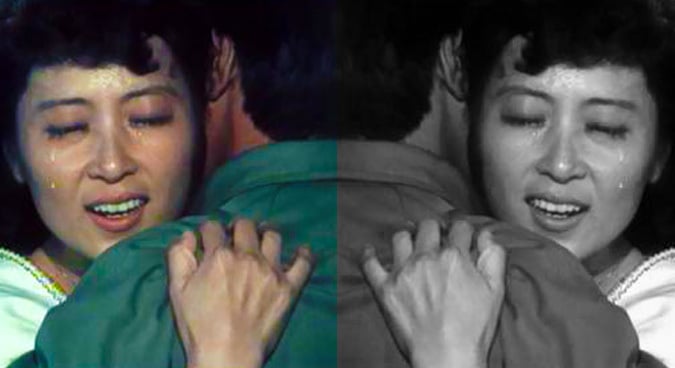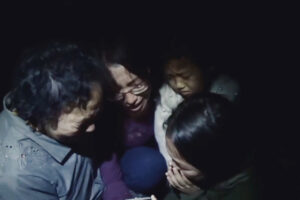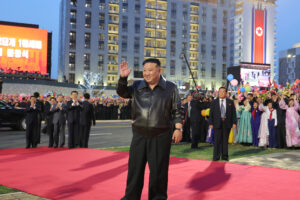Among the many weird manifestations of Kim Il Sung’s tyranny was a prohibition of romance in the works of North Korean culture. While it was surely less significant than Kim's ban on market activity and religion, life in such a loveless cultural space would have been rather monotone for a regular citizen, to say the least.
As a result of this policy, at least one generation of North Korean people grew up without being exposed to fictional romance of any form. To these people, all artistic expressions of tenderness and physical contact on-screen and in literary works was associated with either the high political sentiments of characters, such as their devotion to the leader and the revolution, or via their relations with blood relatives, such as sisters and mothers.
Among the many weird manifestations of Kim Il Sung’s tyranny was a prohibition of romance in the works of North Korean culture. While it was surely less significant than Kim's ban on market activity and religion, life in such a loveless cultural space would have been rather monotone for a regular citizen, to say the least.
As a result of this policy, at least one generation of North Korean people grew up without being exposed to fictional romance of any form. To these people, all artistic expressions of tenderness and physical contact on-screen and in literary works was associated with either the high political sentiments of characters, such as their devotion to the leader and the revolution, or via their relations with blood relatives, such as sisters and mothers.
Become a member for less than $4 per week.
Unlimited access to all of NK News: reporting, investigations, analysis
The NK News Daily Update, an email newsletter to keep you in the loop
Searchable archive of all content, photo galleries, special columns
Contact NK News reporters with tips or requests for reporting
Get unlimited access to all NK News content, including original reporting, investigations, and analyses by our team of DPRK experts.
Subscribe now
All major cards accepted. No commitments – you can cancel any time.










